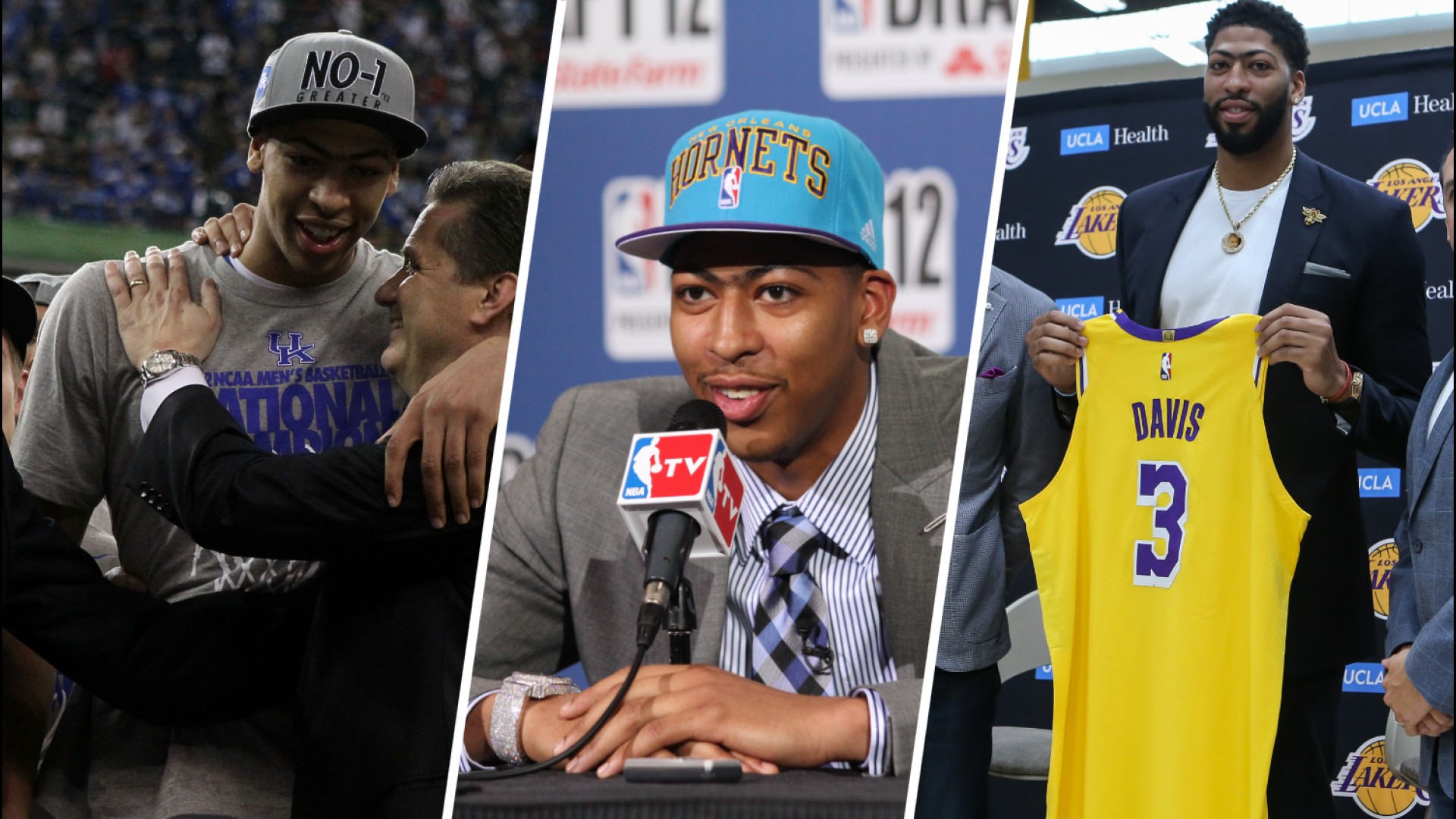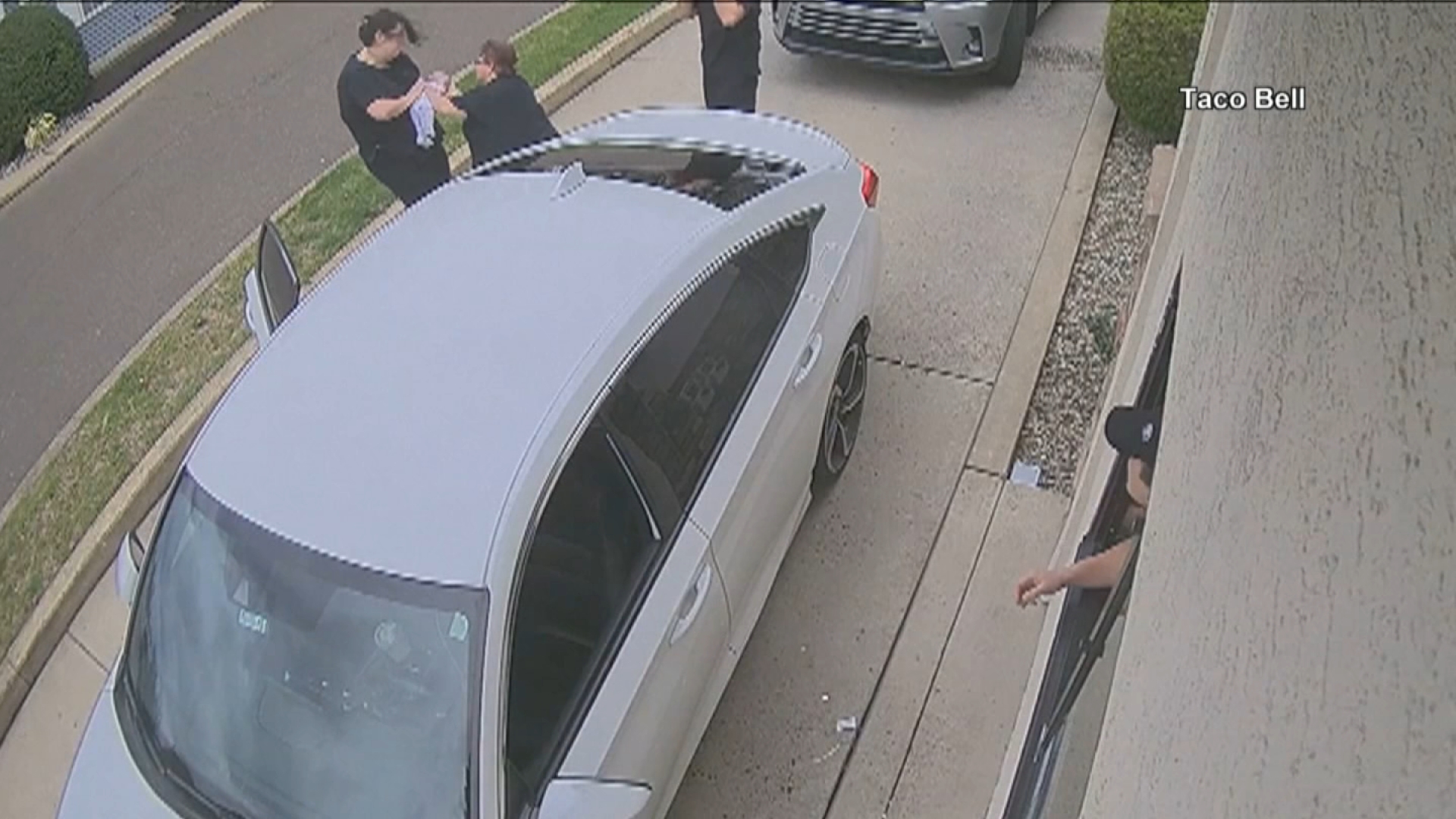
The NCAA made a series of changes to men's college basketball two seasons ago in an attempt to boost scoring and reduce physical play under the basket.
Those changes barely moved the needle, so now the NCAA is taking more drastic steps.
The NCAA Men's Basketball Rules Committee recommended reducing the shot clock from 35 to 30 seconds on Friday, the biggest step in a series of changes aimed at speeding up a game that has reached historic lows in scoring two of the past three seasons.
The new shot clock will be in place the next two seasons, the first time it has been reduced since dropping from 45 to 35 seconds in 1993-94. The newly shortened clock would be reevaluated after that.
The changes still must be approved by the NCAA's Playing Rules Oversight Committee, which meets next month.
"We don't think it's going to cause a huge bump," Belmont coach and rules committee chair Rick Byrd said. "We think it's a part of the puzzle, just a piece that helps us get the game headed in the right direction."
Scoring in college basketball dropped to 67.5 points per game in 2012-13, lowest since 1952 -- long before the 3-point shot and any kind of shot clock. Scoring bumped up to 71.5 points per game in 2013-14, but dipped again last season, to 67.7.
News
With the scoring down and the games becoming more physical, Connecticut women's coach Geno Auriemma called men's college basketball a `joke' and Dallas Mavericks owner Mark Cuban called it "uglier than ugly."
The NCAA experimented with a 30-second shot clock during the NIT, CBI and CIT postseason tournaments with mixed results; possessions per game were up 1.02 and offensive efficiency was up 0.6 points per 100 possessions, according to basketball statistician Ken Pomeroy.
Some coaches have been concerned that the shorter shot clock would lead to more "soft" pressure in the backcourt and zone defenses to slow teams down, along with more last-second desperation shots to beat the shot clock. The new clock also may have a limited impact on teams that play methodically.
But other coaches have praised the new clock, particularly after testing it out during the postseason tournaments. Byrd said 64 percent of coaches surveyed were in favor of the shortened clock.
"I thought it was great," said Northern Arizona coach Jack Murphy, whose team played five games in the CIT. "I'm not sure it translated to higher scores, but the pace of play was quicker and it forced teams offensively to get into their stuff quicker."
The shot clock was the big news, but the committee recommended several other changes to speed up the game and take out some of the physical play.
The NCAA installed a restricted arc for block/charge calls in 2010-11 to reduce the number of collisions under the basket. Though the arc made a slight difference, it wasn't good enough for the NCAA committee, which recommended expanding the semi-circle from 3 to 4 feet.
"Hopefully it will clean up some action around the rim," Murphy said. "I still think the block/charge is the most difficult call to make in basketball and a lot of them are 50-50 calls. Widening that circle makes the defender come up a little more and maybe allows an offensive player, if they've got a step, to get to the rim and score the basketball."
One big complaint about college basketball in recent years has been the stop-and-go play caused by the large number of stoppages, particularly late in games.
The committee recommended reducing second-half timeouts by one per team and removing timeout calls in live-ball situations. Timeouts called within 30 seconds of a scheduled media timeout also would be counted as a media timeout.
The committee also proposed that teams get a total of 10 seconds to move the ball to the front court, a limit on the time teams have to replace disqualified players and an elimination of the 5-second, closely guarded rule while players are dribbling the ball.
Class B technical fouls -- like hanging on the rim and delay of game -- would be reduced to one shot and officials would be allowed to use video review on shot clock violations throughout the game, according to the proposed changes. Officials will place a bigger emphasis on reducing physical play, both inside and along the perimeter on screens.
"The areas of concern in our game have been about pace of play, about scoring, about increased physicality defensively," Byrd said. "I think we've addressed all these areas as best we can."
The committee also approved adding one foul per player -- up to six, like the NBA -- as an experimental rule for the NIT, CBI and CIT tournaments in 2016.


